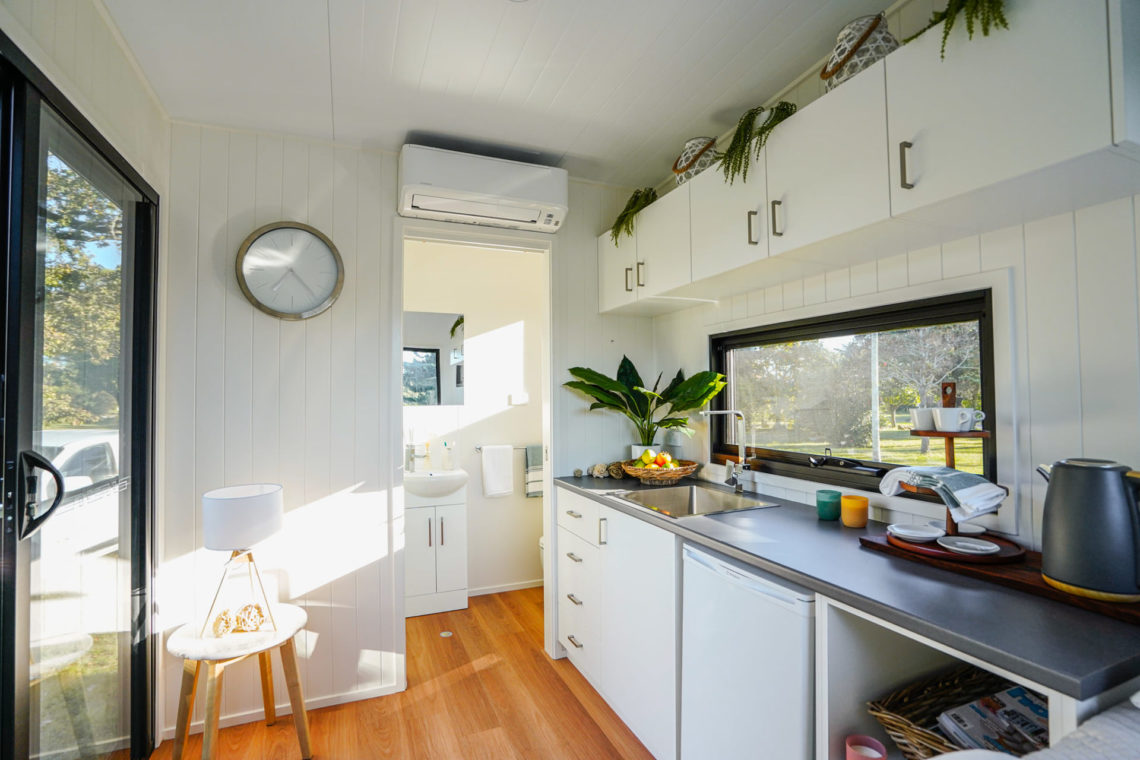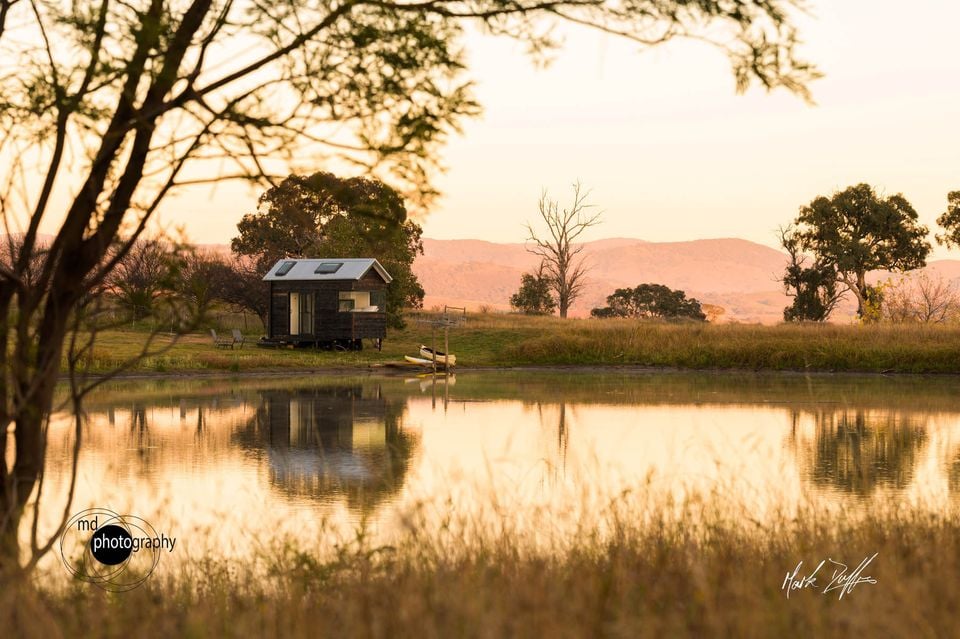If you’ve fallen in love with the idea of compact living, you’re not alone.
Australia’s appetite for tiny homes hasn’t gone anywhere: over 10,000 people have expressed interest in an upcoming tiny homes expo in Brisbane, with events in Sydney and Melbourne also scheduled to go ahead soon, depending on Covid restrictions.
If you ask Australian Tiny Home Expo organiser Phae Barrett, the pandemic is what has sent Australia’s tiny homes fever into overdrive.
Covid has made an already hot housing market even hotter, which has left many hopeful home buyers looking for cheaper ways to put a roof over their heads.
Phae says people are also interested in the off-grid potential of tiny homes, in Queensland at least, and are eyeing off cheap blocks in far-flung places to plonk a tiny home on and work remotely. “I think people are looking to be self-sufficient.”
“Covid’s really made people sit back and say I thought we can do things differently, but yes, now we know we definitely can.”













